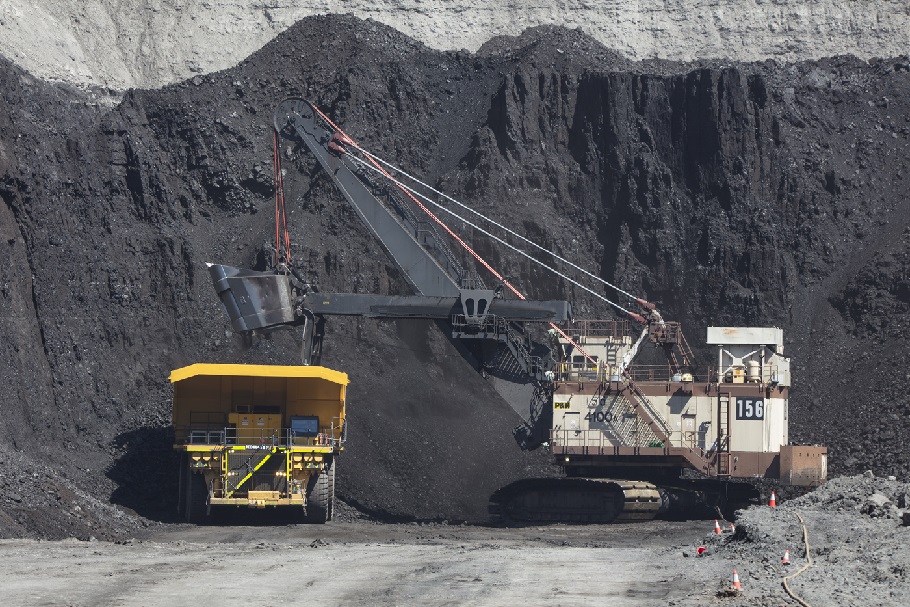IEA: Nearly $10 Trillion Needed to Replace Coal to Hit Global Climate Goals

Nearly $10 trillion in investments by 2050 in the energy sector alone will be required to finance the transition away from coal-powered electricity, in order to achieve global net zero goals and avoid severe impacts from climate change, according to a new report released today by the International Energy Agency (IEA).
In a statement announcing the release of the report, the IEA called for immediate policy action in order to mobilize the “massive financing” required to fund the deployment of clean energy alternatives to coal, and to drive “secure, fair and affordable transitions.”
In the new report, “Coal in Net Zero Transitions: Strategies for Rapid, Secure and People-Centred Change,” the IEA analyzes and outlines the reductions in coal-powered energy required to meet international climate goals, including the massive scale-up of cleaner energy alternatives, financing needs, and options for affected sectors, industries and workforces. The report also provides key actions for policy makers to help facilitate the coal transition.
The report highlights the centrality of addressing coal emissions to the achievement of global climate goals, as well as the scope of the challenge in replacing coal. Coal is the largest source of electricity generation worldwide, with around 9,000 plants with 2,185 gigawatts of capacity accounting for 36% of global electricity globally.
Coal is also the largest emitter of energy-related CO2 globally, reaching 15 gigatonnes in 2021.
IEA Executive Director Fatih Birol, said:
“Coal is both the single biggest source of CO2 emissions from energy and the single biggest source of electricity generation worldwide, which highlights the harm it is doing to our climate and the huge challenge of replacing it rapidly while ensuring energy security.”
The regional characteristics of coal usage also presents challenges, according to the report. China and emerging and developing economies account for over half of global coal demand, with China’s power sector alone accounting for one third. While the average age of coal plants in the U.S. is over 40 years, coal plants in developing economies in Asia are much earlier in their lifespans, with an average age of less than 15 years. According to the IEA, if the global coal-fired fleet operated for its typical lifespan, it would emit more CO2 than all coal plants ever operated have to date.
The report outlines what would be required to achieve the goals presented by various climate scenarios, as highlighted in the IEA’s flagship World Energy Outlook (WEO) 2022 report released last month. These include the Announced Pledges Scenario (APS), which assumes that the aspirational targets set by governments are met, and the Net Zero Emissions by 2050 Scenario (NZE), covering the necessary energy market transformation necessary to hit the global goal of achieving net zero emissions by 2050.
In order facilitate the coal-fired power reductions needed to hit the APS scenario, in which all net zero pledges announced by governments to date are achieved, the report estimates that around $6 trillion in investment would be required through 2050, with coal demand from plants falling by around a third by 2030 – with 75% replaced with wind and solar – and declining by 50% by mid-century. For the NZE scenario, viewed as necessary to limit warming to 1.5 °C and avoid the worst effects of climate change, around $9.5 trillion in investment would be required, with demand for coal-fired power declining by 90% by 2050.
The vast majority of investments would be targeted towards low‐emissions generation, primarily in renewables but also nuclear power, with the rest channeled towards energy storage and the expansion and modernization of electricity grids.
Outside of the power sector, the report also highlights the need for investment and innovation in industrial sectors such as steel and cement, which account for a significant portion of coal demand, and for which alternatives for coal are less developed or available.
The report also highlights the need for policies to facilitate “people-centered transitions” in the shift away from coal, noting that there are currently around 8.4 million people work worldwide in coal value chains, and while the energy transition will likely create many new jobs, they may be in different locations than the positions being lost from the transition.
Michael R. Bloomberg, founder of Bloomberg LP and Bloomberg Philanthropies, and chair of the High-Level Advisory Group convened by Dr Birol, said:
“Coal-fired power plants are on the decline, but not at the pace we need to save lives and win the battle against climate change. By scaling investment in clean energy, we can achieve a complete phase-out of coal plants in advanced economies by 2030 and the rest of the world by 2040. On the other side of this transition is a stronger economy and healthier communities – and we have no time to waste getting there.”
Click here to access the report.
The post IEA: Nearly $10 Trillion Needed to Replace Coal to Hit Global Climate Goals appeared first on ESG Today.